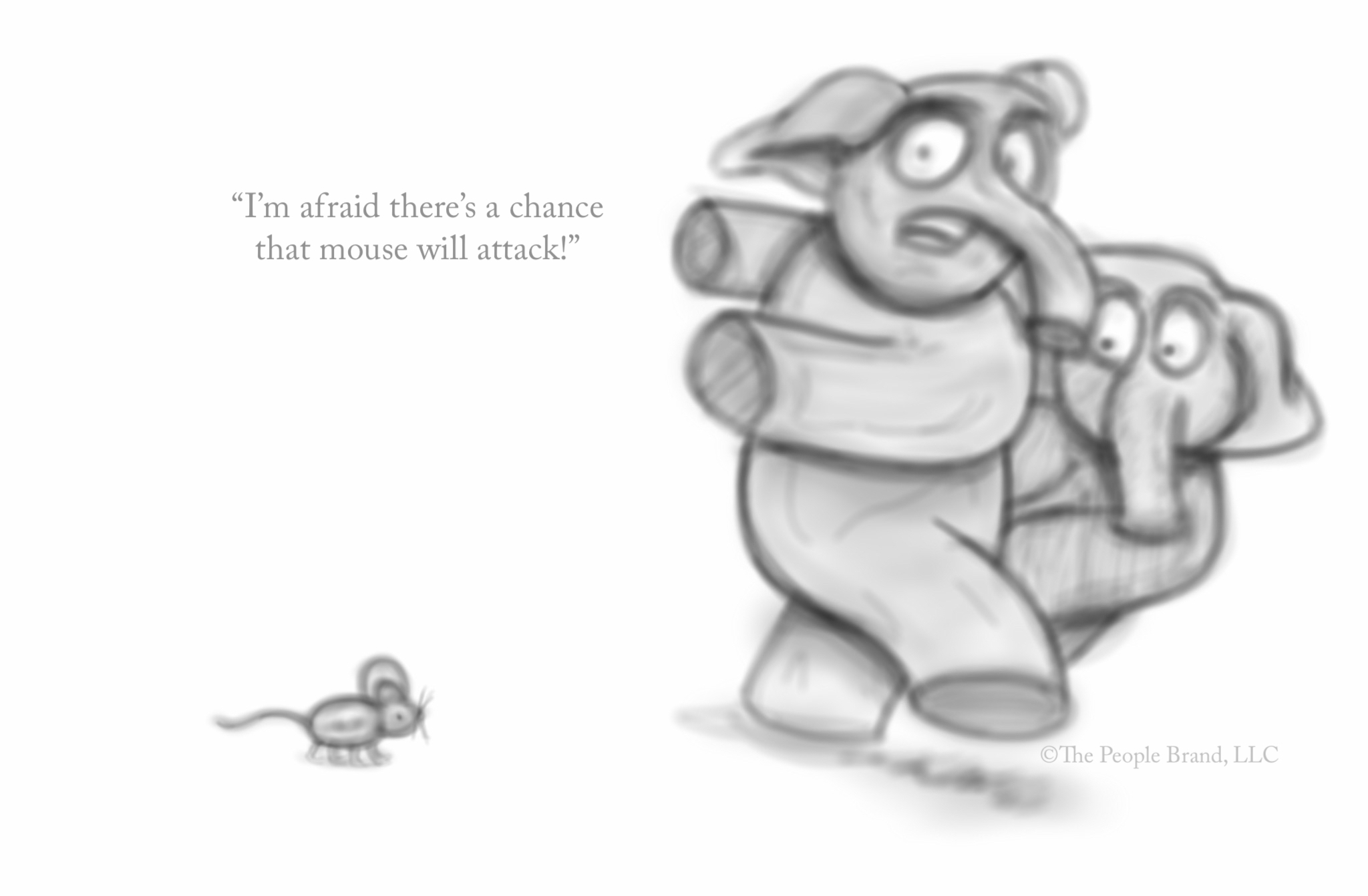Most people agree that creativity is valuable. It offers the potential for better ideas, more prolific production, and innovation that businesses are starving for.
So, why do we resist our creative potential?
One of the reasons is we sense the risk inherent in creativity.
But if we never understand the risk, we can’t manage it. Many companies employ risk managers to help them understand the potential risks that could affect their company. Risk managers also help generate ideas for mitigating, transferring or avoiding those risks.
Risk management sounds like the OPPOSITE of creativity. It’s Ben Stiller’s character in Along Came Polly. An actuary to avoids everything risky. But understanding risk management can actually help you be MORE creative.
Here’s how…
When you have a creative idea you think is too risky, ask yourself what the risk is (e.g. I might embarrass myself). Now you can use what is called a Risk Matrix.
First, ask, “How likely is it that I will embarrass myself?” On a scale of 1 to 100%, let’s say, 33% probable.
Second, ask, “How much negative impact would it have on me?” Let’s say 20%.
In our risk matrix (below), that places embarrassment squarely in the “insignificant” category. If it were highly probable, but low impact, we would label it as “manageable” risk.

If your creative idea has risks that fall into the “significant” quadrant, then you can then spend some time considering how to move it into a lower-level risk category. Maybe you reduce the cost of your idea by testing it with a smaller audience. Perhaps you create a rapid prototype that is cheap to construct, but gives you early feedback on your concept. These tests can give you the data that can inform you how to reduce risk as you increase the investment you make into further experiments or projects.
Use this tool to overcome the resistance to your creative potential. It doesn’t matter how much value you place on creativity if you allow fear to talk you out of it.

